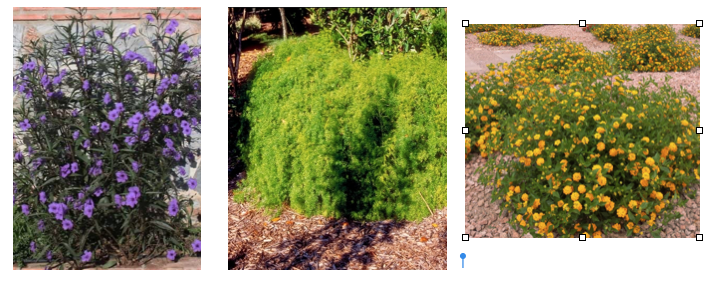Submitted by Bev Lawrence
March 10, 2021
Bev Lawrence has provided information below from Emily Bell, University of Florida, on invasive plants to benefit our community’s understanding of the problem. Bev says, “Invasive plants are being removed but we are facing a losing battle because uninformed citizens can purchase these plants. Folks who saw posts on FaceBook asked the question on why they could purchase invasive plants. I reached out to some experts and Emily provided the following response…..”
Ah…the age old big box store selling invasives question. The short answer is that as long as a plant is lucrative the chains (and even smaller nurseries) will want to sell it. This is a case where the citizen actually has A LOT of power as the best solution is reducing demand for them.
Best things they can do:
- Not buy them
- Ask nurseries for native plants – and even mention to the nurseries that what they are selling is invasive
- Educate their neighbors
I’d like to add here that it is not my intention to frame the issue as an us vs. the industry issue – as a combative approach is not constructive. The consumer must help decrease the demand for these plants AND we should continue to work with and educate the industry.
Here are some links that may be helpful:
- FDACS administers FL’s noxious weed rule: https://www.fdacs.gov/Divisions-Offices/Plant-Industry/Bureaus-and-Services/Entomology-Nematology-Plant-Pathology/Botany/Noxious-Weeds
- The FL Association of Native Nurseries is a great resource to locate nurseries that specialize in Native Plants. Unfortunately, NE FL is lacking in this area: https://www.fann.org/
- Native Plant Consulting is a great one that is based in St. Aug, but you can place special orders with them and drive down to pick up: https://www.nativeplantconsulting.com/

Horticulture is a major economic sector in FL so it has a lot of influence, making regulation of these major popular ones very difficult (Mexican petunia, lantana, asparagus fern etc). Both the FL and Federal noxious weed lists do regulate some invasive plants – but mostly focus on those that are really economically detrimental or environmentally devastating. The public often wants regulation to be the solution, but regulation is a costly uphill battle that we don’t really have the resources for and enforcement is very unlikely to ever be adequately funded/prioritized. There is a process to get plants added to the state list and there have been a few recent successes with Japanese honeysuckle and Beach vitex. Beach vitex was successful because we were able to demonstrate that it was in only the beginning stages of invasion and we can still potentially contain it.
I have seen some cool local initiatives where a local environmental group will work with nurseries and provide a sort of “certification” if they only sell environmentally safe plants as a way to de-incentivize the selling of invasive plants.
